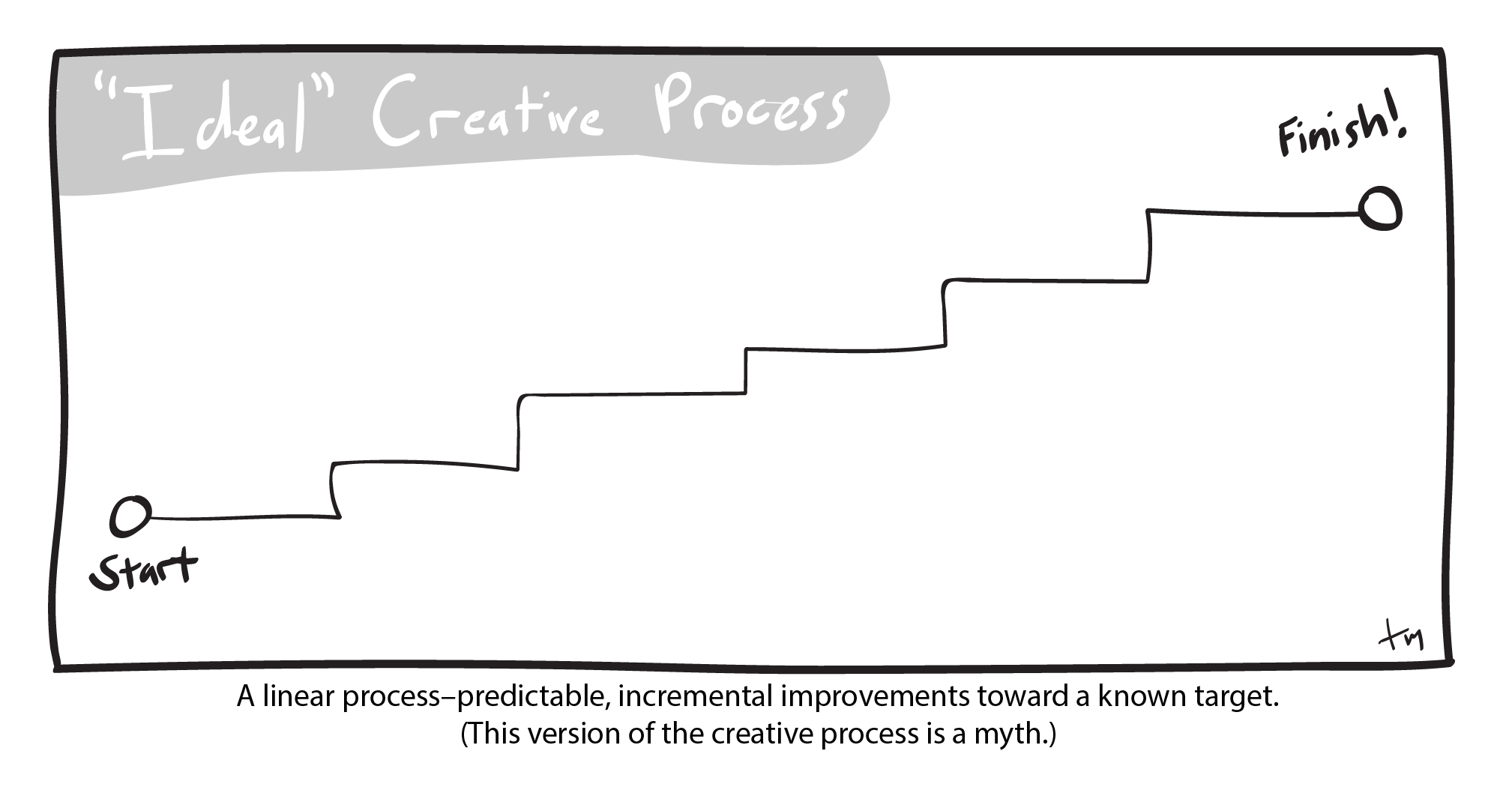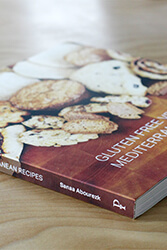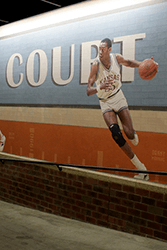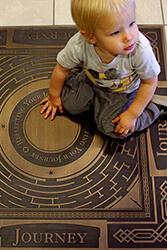The Creative Process, Part I: The Myth of Orderly Progress
I don’t always know what I’m doing
When I worked as a house painter, it was easy to figure how the work would go and how long it would take. You have a 2″ brush and 300 feet of trim to paint. There were occasional problems but for the most part the goal was clear, and the process was simple: the trim of the house should be red, and the sidewalk, windows and cat should not. It was good, hard work and a joy to do it. It was also a straightforward process, and you almost always knew what to do next and how long it would take. When I’m working on a creative project, I’m often not sure what to do next. And it can seem like I’ll never finish.
The Myth of Orderly Progress
We talk about the design process being iterative, meaning that we create a series of solutions to a design problem, and each solution is tested and refined based on the shortcomings of the one before. It implies an orderly progression, a series of incremental improvements gradually climbing from an Uninspired Pile of Unoriginality to a Pinnacle of Irrefutable Excellence. (See the drawing above. Simple, right?)
For me the design process looks a little more like getting lost in the woods, over and over.
This myth of Orderly Progress has not been my experience. My experience of the design process looks less like an Ikea instruction manual and more like a page out of my sketchbook. Which looks like getting lost in the woods, over and over. The creative process is not linear. It starts with discovery and exploration and it’s messy and unpredictable and serendipitous. Sometimes the goal isn’t clear until after you’ve been immersed in the material for hours, which can make everything up to that point feel like wasted time. There are false starts and dead ends, and it’s common to spend an hour following an idea, only to have to scrap that last hour’s work.
And sometimes you have to go “back to the drawing board” and start over altogether. As Dave Crossland and Eben Sorkin told us in their Crafting Type workshop, sometimes the most useful keyboard shortcut is Control + A and Delete (or, “Select All and Delete.”) Starting over can be disheartening, especially if there’s a deadline creeping up behind you and you don’t have a clear direction forward. You can’t make the good ideas come.
Inspiration and Muses
The word inspiration comes from the concept that ideas or thoughts are being “breathed into” someone from an outside source. The mythological Muses were said to attend to artists and poets, to whisper ideas in their ears and guide their hands. There is something about the idea of those external sources of creativity that resonates with creative people. There are times in the creative process when you feel like you are developing ideas that have come from your head and through your hands, but you don’t know how they got there. You are an active participant in shaping the work, but you also feel that you are somehow a passive recipient of the ideas.
Projects have deadlines and the work doesn’t wait. It’s hard to manufacture serendipity.
That may be the most disconcerting part of the work that I do–the feeling that my best ideas have come from mysterious, unexpected places that I do not have direct access to. And at the same time I have projects with deadlines and the work doesn’t wait. It’s hard to manufacture serendipity. If my best ideas come from inaccessible places, and if each good idea seems like a fluke, a lucky break, then I don’t have much control over when the next idea will come.
Part 2 of this post is about what a “normal” process looks like to me, and how I approach the “Select All” + “Delete” phase of a project.
Read The Creative Process, Part 2: Lost in the Woods.
To read more articles like this visit: Creativity, Design, Ideas, Illustration, The Nerdatorium









